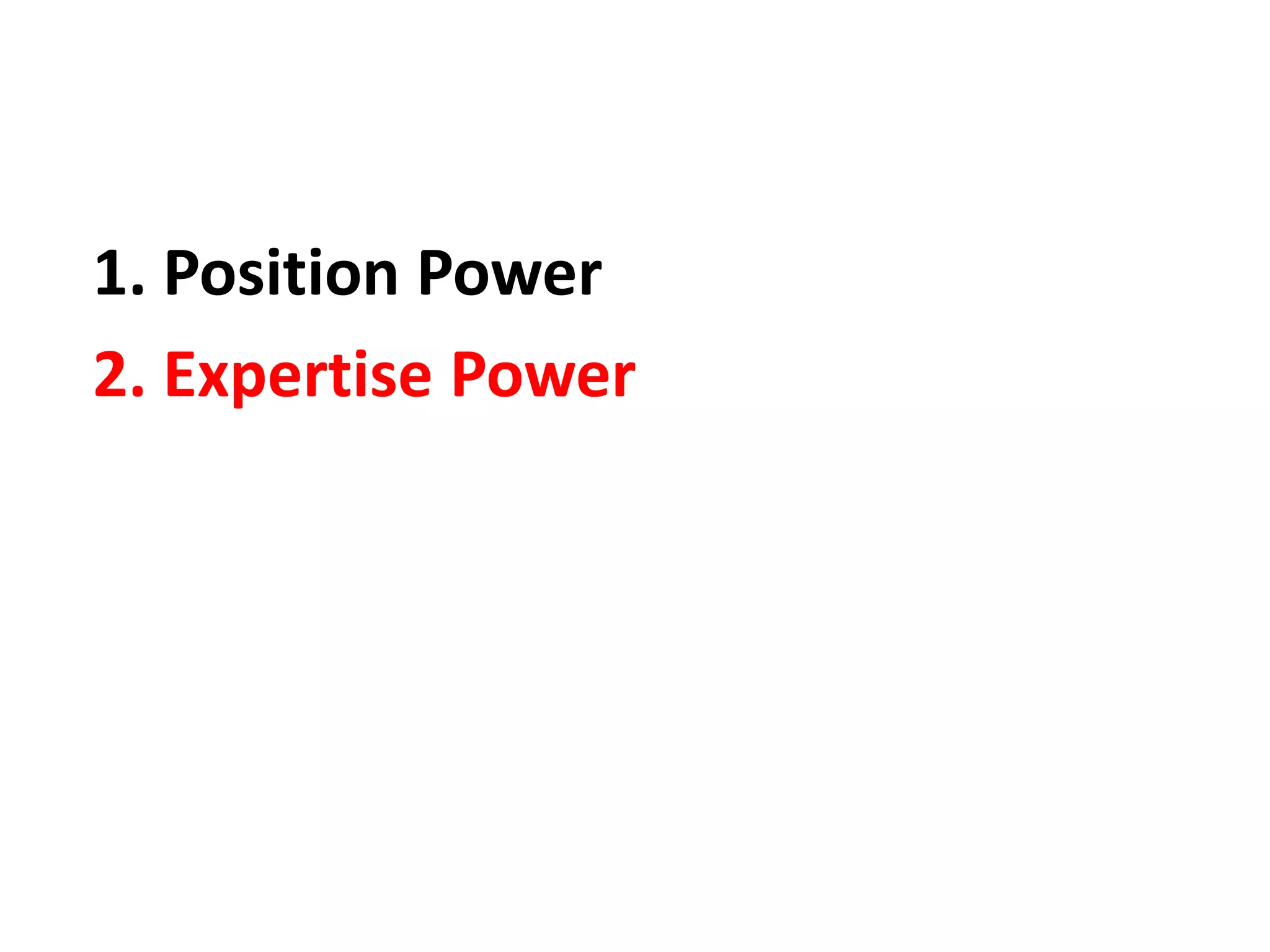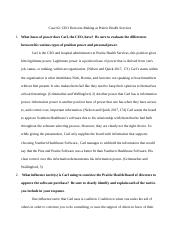Position power refers to the power a person holds based on their position or title within an organization or society. It is the power that comes with being in a particular role or having a certain level of authority. There are several different types of position power, and each type can have a significant impact on the behavior and actions of those who hold it.
One type of position power is legitimate power, which is based on a person's formal authority within an organization. This type of power is often associated with job titles and roles, and it is derived from the rules and policies that are established within an organization. For example, a manager or supervisor has legitimate power over their employees because they are responsible for setting goals and expectations, assigning tasks, and evaluating performance.
Another type of position power is expert power, which is based on a person's knowledge or expertise in a particular field. This type of power is often associated with specialists or experts who are highly skilled in a specific area. For example, a doctor has expert power over their patients because of their knowledge and expertise in the field of medicine.
Referent power is another type of position power that is based on a person's charisma or personal charm. This type of power is often associated with leaders who are able to inspire and motivate others through their charisma and personal qualities. For example, a popular politician may have referent power over their constituents because they are able to inspire and motivate them through their personal charisma and vision for the future.
Finally, reward power is a type of position power that is based on a person's ability to reward or punish others. This type of power is often associated with managers or supervisors who have the ability to give promotions, raises, or other rewards to their employees, or to reprimand or discipline them for poor performance. For example, a manager may have reward power over their employees because they have the ability to give them a raise or promotion if they perform well, or to reprimand or discipline them if they do not meet expectations.
In conclusion, position power is the power that a person holds based on their position or title within an organization or society. There are several different types of position power, including legitimate power, expert power, referent power, and reward power, and each type can have a significant impact on the behavior and actions of those who hold it.






